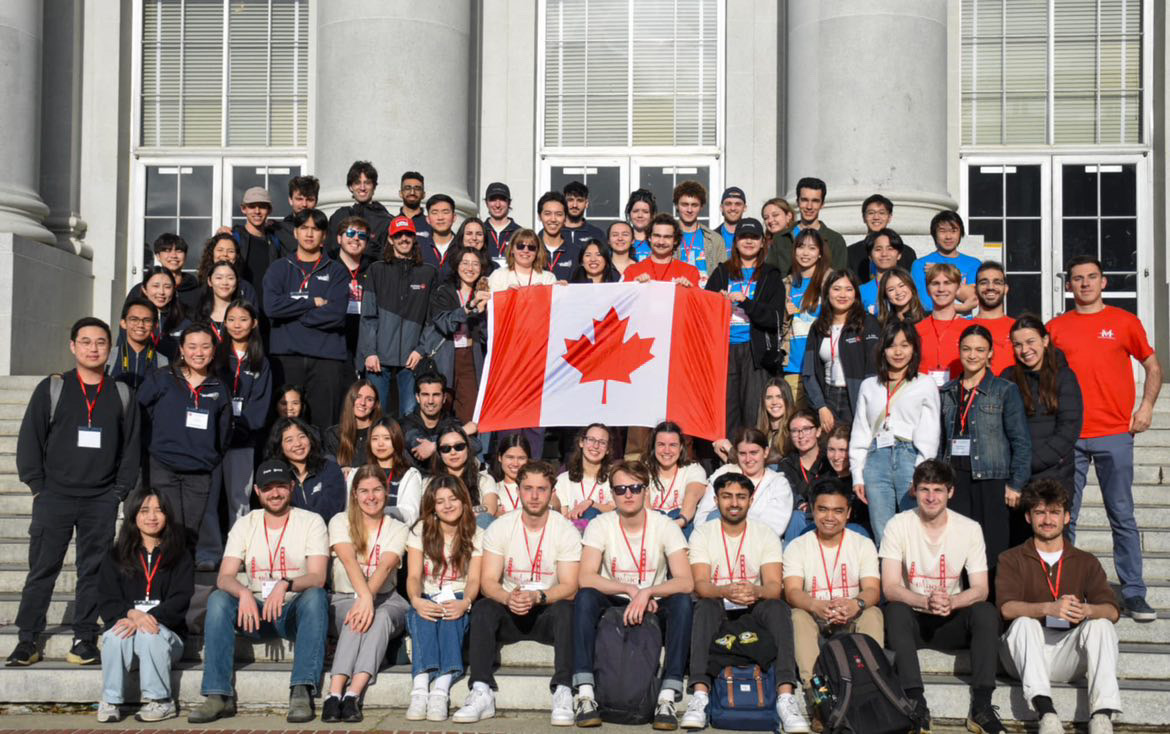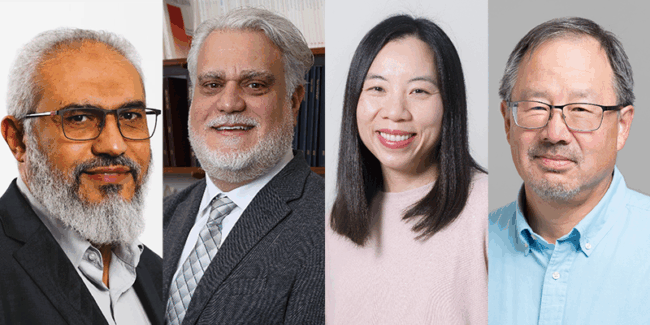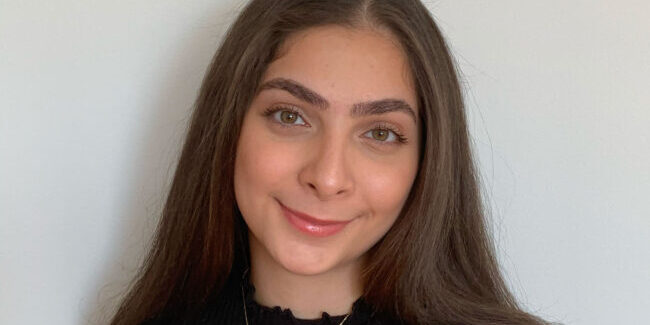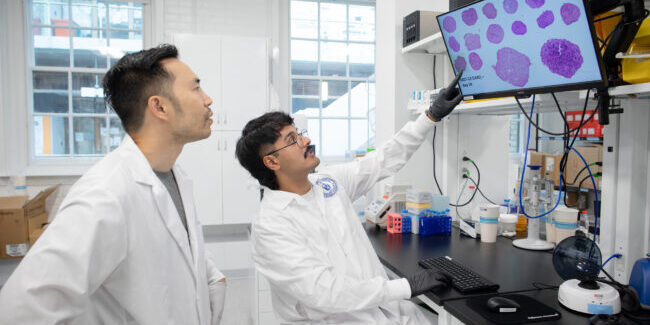A team of U of T students earned second place overall at a recent international competition held by the Earthquake Engineering Research Institute (EERI).
The annual Seismic Design Competition (SDC), organized at the University of California at Berkeley from March 31 to April 3, saw the U of T Seismic Design Team join four other Canadian universities, for a total of 48 teams from institutions around the world.
Each team designs a complex tall building model, made from balsa wood, which is tested on a shaking table simulating an earthquake. They are judged on their oral presentation, summary poster, their model’s architectural design, ability to fit within the design criteria and constraints, analytical prediction of their model performance and response of their model during shaking-table testing.
The team of 10 attending the event — comprised of nine civil engineering students and one U of T’s Daniels Faculty of Architecture, Landscape, and Design — won first place for best architecture and garnered enough points, along with acknowledgment of their damping device and poster, to rate second place overall. This showing is the best U of T has seen at the SDC, bettering a 2022 first-place architecture award.
Under the guidance of faculty advisor Professor Constantin Christopoulos (CivMin), and led by co-captains Sacha Morin (Year 3 CivE) and Joyce Zhong (Year 3 CivE), the team constructed their tall building model in Toronto, and then shipped it to California.
“We are very proud of the U of T Seismic Design Team for this great achievement,” says Christopoulos, recounting the dedication of the team to the tasks and ultimate delivery.
“The students put in a tremendous effort for many months, learning new engineering concepts, developing their designs, building numerical models, getting better at building their structure, running shake-table tests, etc. In addition, they showed great organizational skills in putting together and coordinating a large team, finding donors, organizing their trip and finally representing U of T at UC Berkeley so well!”
Isobel Forrest (Year 3 CivE) recounts the logistics of seeing their entry shipped to the venue successfully.
“We’d shipped the tower to a nearby UPS store and had been notified it had arrived a day early, so we had the perfect time to pick it up on Saturday,” she says.
“The new shipping method — using a cardboard box rather than a wooden crate — was successful! The tower arrived without any major breaks and the box was light enough for Freddy and Naveen to carry on the 20-minute walk to the hotel.”
The most nerve-racking of tests, the shake table, saw U of T secure success with the stability of its design.
“When it was time for our shake, we were pretty confident our tower would survive both ground motions but were still nervous,” says Forrest. “Of course, our tower survived very well.”




